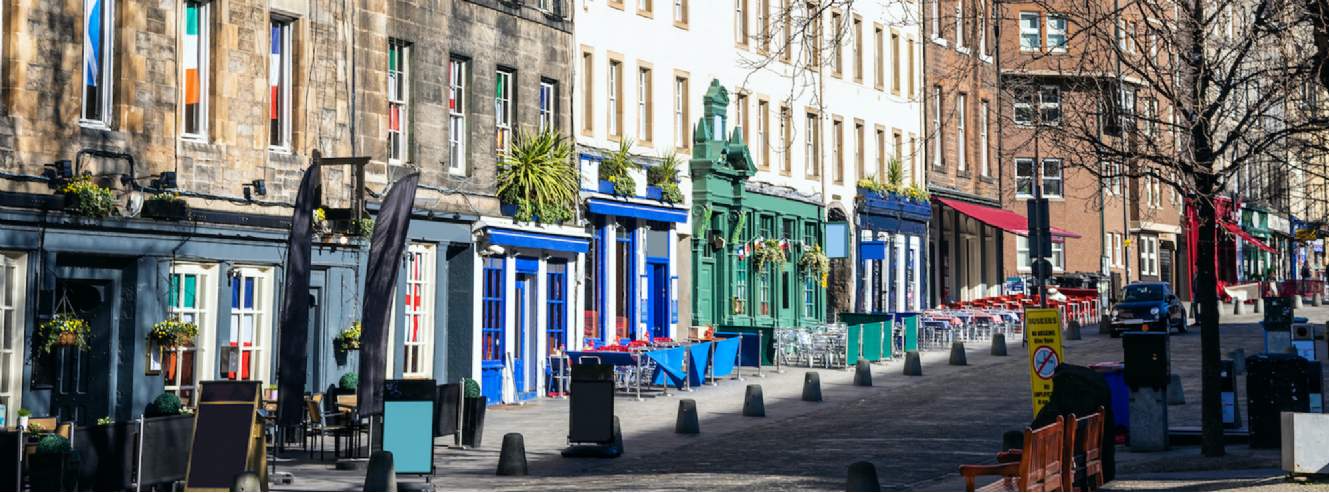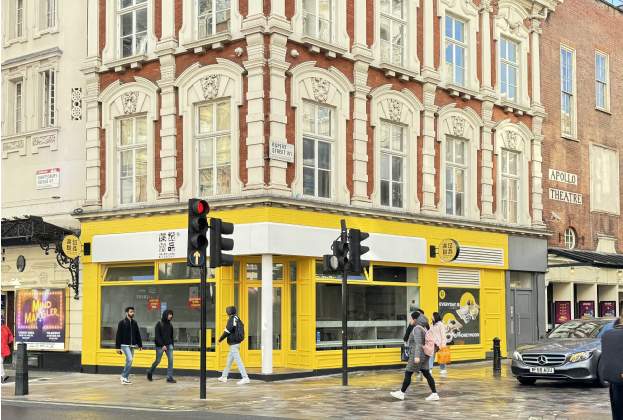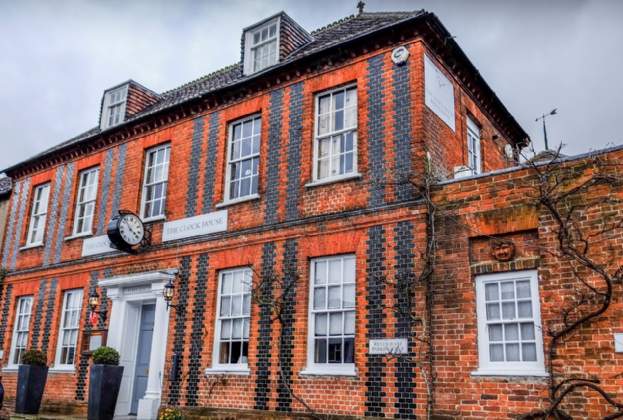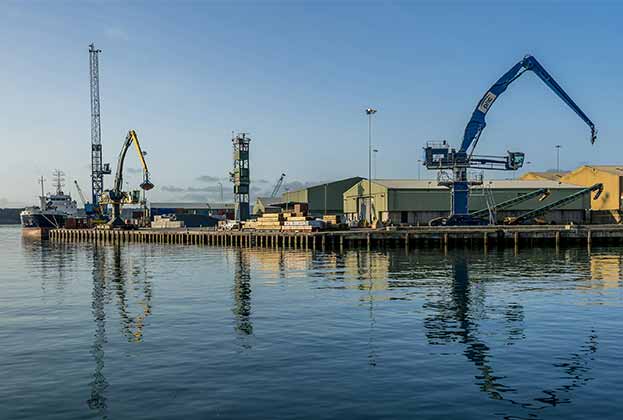This year the Edinburgh Fringe Festival, International Festival and Book Festival saw 2.2 million tickets sold – the sixth highest figure in the event's 75-year history – as the Scottish capital city enjoyed a strong recovery of tourist numbers.
Edinburgh is one of the most sought after tourist destinations in the world, second only to London in the UK. Moreover, Edinburgh’s ability to pull tourists has matured into a year-round hot spot. Part of this evolution is due to an exponential growth in the city's leisure and dining offer which now includes a host of international and leading national operators, Michelin-starred fine dining, acclaimed independents and everything in between.
As even more bars and restaurants open their doors, Edinburgh’s popularity continues climbing, which in turn attracts further interest from the retail and leisure sector. As it stands today we know of at least 14 food & beverage (F&B) brands with unfulfilled requirements for space in the city, including Burger & Lobster, Leon, Blacklock, Island Poke and Rosa’s Thai.
In 2022 alone Edinburgh has already welcomed Virgin Hotel and its associated Commons Club bar/restaurant, Kora (Tom Kitchen), Gleneagles Townhouse, Ricco’s, Franco Manca (Stockbridge), Dulse (Dean Banks) and 63rd + 1st among others. While some of these deals have happened in the city centre, the aforementioned lack of space had seen the majority of transactions on the edge of prime or in affluent neighborhoods such as Stockbridge. The St James Quarter has also welcomed a number of new brands including Ka Pao, Bonnie & Wild, The Alchemist, Pho and Lane 7. Edinburgh’s rich offer of restaurants and bars from city centre to suburbs is unrivalled by other UK regional cities.
Activity to date has been dominated by strong independents, upmarket chains and high profile chefs. The casual dining chains have been less active, although fast casual/grab & go outfits like Jollibee have been popular. We’ve generally seen rental recovery and for the very best locations, rents have bounced back to the pre-Covid-19 levels of circa £60-£65 per sq ft.
We expect to see further new openings with more emphasis on experience: competitive socialising, experiential cocktail bars, rooftop views and terraces, and concepts that cater for tourist-driven experiences and events. We also anticipate an increasing blend of retail, F&B and leisure on Edinburgh’s traditional high street pitches of George Street and Princess Street. An example of this will be the new Roxy Ballroom opening later this year in the basement of the former BHS store on Princes Street/Rose Street.
The lack of availability within the core city centre that has focused activity on the peripheral areas and suburbs has highlighted the possibilities for operators opening premises in local neighborhoods. Their successes are likely to encourage others to do the same.
Yet, while demand continues to outstrip supply in Edinburgh, and F&B rents have seen a recovery post Covid-19, the cost of living crisis and in particular energy bills, will undoubtedly squeeze the industry, via both the running costs of venues and also availability of consumer discretionary spend. To date, operators have been reporting strong trading figures but rising costs of food, other supplies, energy and staff will undoubtedly have an impact on margins.
Despite the current economic outlook, for now occupiers are taking a longer term view and looking to dine out on Edinburgh’s strong demographics.
Further information
Edinburgh’s F&B market strengthens as independents and established chains take a bite of the action



.jpg)



